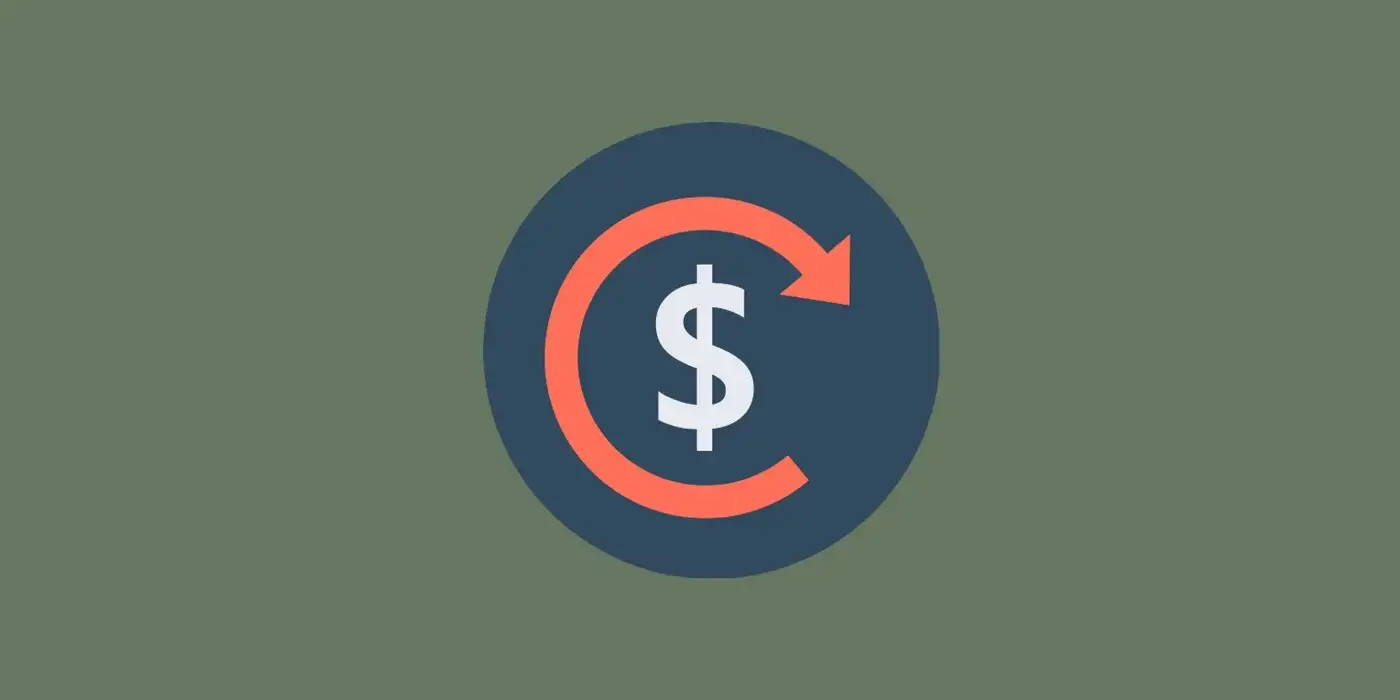
Some of the fastest-growing companies in the world are losing money every year, and yet investors have more and more faith in them each year. The bottom line remains negative, and the stock prices are soaring. Why is that?
It all comes down to why the bottom line is negative. The fastest-growing companies often lose money for years because they’re reinvesting all their profits into better tools, client acquisition, research, personnel, and more.
The same concept that works for growth companies can apply to individuals, with one important caveat — you need to keep your bottom line above 0 as an individual.
Here are some crucial ways you can emulate a growth company as an individual to achieve sustainable growth and long-term financial gain.
The right tools for the job
I used to make fun of people who invested in fancy tools. There’s a cheap version of everything, I thought. I was wrong. Not all ‘fancy tools’ are created equal. But, how do you separate quality tools from overpriced brand names?
Quality tools are characterized by several distinct traits:
- They improve the quality of your output.
- They reduce your downtime.
- They have more useful features than others in their price range.
With this in mind, you can compare tools in a meaningful way.
As a software developer, I’ve gone through this process with editors, database management tools, and much more. But, once you understand the value of your time, everything can be considered a tool, from a good keyboard to a warm winter jacket.
In the case of the keyboard, it might allow you to make fewer typos and enjoy a more comfortable hand position, thus requiring fewer frustrated rewrites and less rest time. As for a warm jacket, imagine it saves you from a cold and the days of downtime that a cold implies. Even a $700 super jacket makes sense when you look at it this way — if it’s actually warmer than a $200 alternative.
Apply this line of thinking to your purchases, and you will not make the wrong choices.
Knowledge is power
Nobody has a problem spending $20 on movie tickets and $8 on beer. And this is fine; people need to relax and recharge on occasion. The problem is that most won’t consider spending $20 on a book and $8 on an online course.
Investing in knowledge is the most lucrative kind of investment. This isn’t a figure of speech. I mean it quite literally. Every endeavor, from coding to breeding horses, starts with theoretical knowledge, progresses with acquisition of practical skills, and crescendos with real experience.
Now, you can find free resources to help you with most things nowadays. The thing is, free resources are usually free for one of two reasons:
- They are not good enough to sell (think free ebooks that serve as a massive ad for a more comprehensive paid book).
- They are very specific (think question-and-answer sites where you can find answers to specific questions, but not a systematic approach to a wider problem).
Take machine learning, for example. You can probably put together a reasonable body of knowledge using free resources if you’re persistent enough. But, once you start making $60/hour (for example) working with machine learning algorithms, you will find it ridiculous that you didn’t invest in a $30 course that would have saved you perhaps 2 months of self-directed learning.
If a tree falls in the woods…
The only work you can do without an audience is salary work. If you want to write, record, build your own software service, or anything else, you need an audience.
Sometimes you will gain an audience in a purely organic way — by creating something so noteworthy and so in-tune with the moment that the internet takes notice and word spreads naturally. These are black swan events and cannot be counted upon.
When I was  How I Built, Promoted, and Sold a Product with No Investments and No Marketing Budgetbuilding my first company, I spent a lot of time running around the internet, gathering up my first users. Since this was the fantasy sports industry, I also built ways for people to invite their friends, start leagues, and compete with one another. In other words, growing your audience requires both hustle and strategy.
How I Built, Promoted, and Sold a Product with No Investments and No Marketing Budgetbuilding my first company, I spent a lot of time running around the internet, gathering up my first users. Since this was the fantasy sports industry, I also built ways for people to invite their friends, start leagues, and compete with one another. In other words, growing your audience requires both hustle and strategy.
In the last year, I started creating content about freelancing and productivity. I found that I can write pretty effectively, but I also learned that building an audience on social media takes a lot more than quality content. Twitter, in particular, is so content-congested that it requires a lot of hustle, combined with networking with the right people, with getting anywhere.
Don’t trust overnight success stories. People who appear to have 16K followers and virtually no engagement on their posts bought fake followers, which is the sort of thing people do in this century, I suppose. It’s a silly waste of money.
If you want to invest money into growing your account, invest in targeted ads on your chosen platform. Aim at the sort of users you actually want to interact with, particularly the sort of users that will push your content to their own friends or followers. Real growth comes from enthusiastic users. Your hustle is only the spark that lights the fire.
You don’t have to do everything
Sometimes a task just isn’t worth doing. If your time is worth, for example, $50/hour, you shouldn’t be doing work that people do for $15/hour.
For example, you’re a software engineer. One day, you need to take 2 hours out of your workday to run some errands, pick up dry cleaning, drive your mother-in-law to the dentist, whatever. Since these are menial tasks that unskilled workers can complete, and you’re not making your $50/hour during that time, you are effectively paying about $70 to do tedious chores. Does this sound like a good deal?
If you value your time, you should outsource all menial tasks that can be outsourced: cleaning, courier services, laundry, etc. As long as you use that time productively, you’re effectively earning more money while suffering less stress.
Reinvest relentlessly
Say a company makes a million dollars. The founder can cash out, or they can reinvest as much as possible back into the company. If they cash out, they have a million dollars. And that’s fine. If they reinvest it into the company, they might make 3 million next year. Then reinvest that, and make 10 million the following year.
In your personal life, things aren’t quite as extreme, but the same concept applies. Say you have $100k left over after expenses. You can treat yourself to a luxury boat, or you can invest the money back into yourself:
- If you use the money to hire someone, you can start a company and take on more work.
- If you use the money to invest in the stock market, you can let it double in 7–10 years with little risk and little involvement.
- If you use the money to invest in infrastructure and education, you can increase your productivity and earnings for the rest of your career.
Every time we spend money, we are making a conscious choice not to invest it. Internalize that fact and watch your personal finances start aligning with your long-term vision.
Invest in yourself
Invest in yourself. That’s not an empty phrase; it’s the starting point of sustainable growth.
The main things I invest in:
- Tools and infrastructure.
- Knowledge and skills.
- Audience and network.
- Outsourcing and hiring.
Think about how you can invest in these four areas to get the best rate of return. Then iterate on this process and watch your productivity and wealth grow.
Don't miss the next blog post!
I publish a new blog post every Wednesday. Join the newsletter to get:
- One valuable email a week.
- Zero spam.
- Exclusive content not found in the blog.
- Reply directly to me with questions or feedback.
Use the form at the bottom of this pageon the right to join the newsletter.


